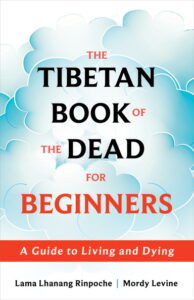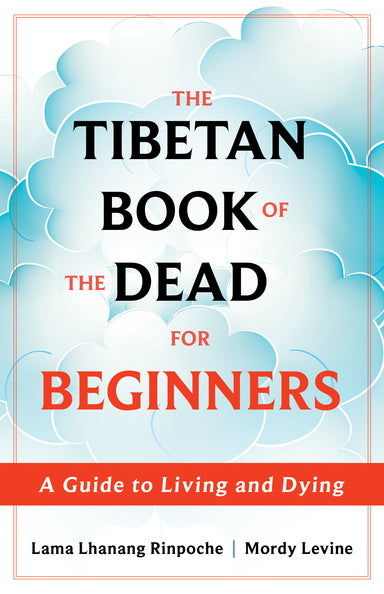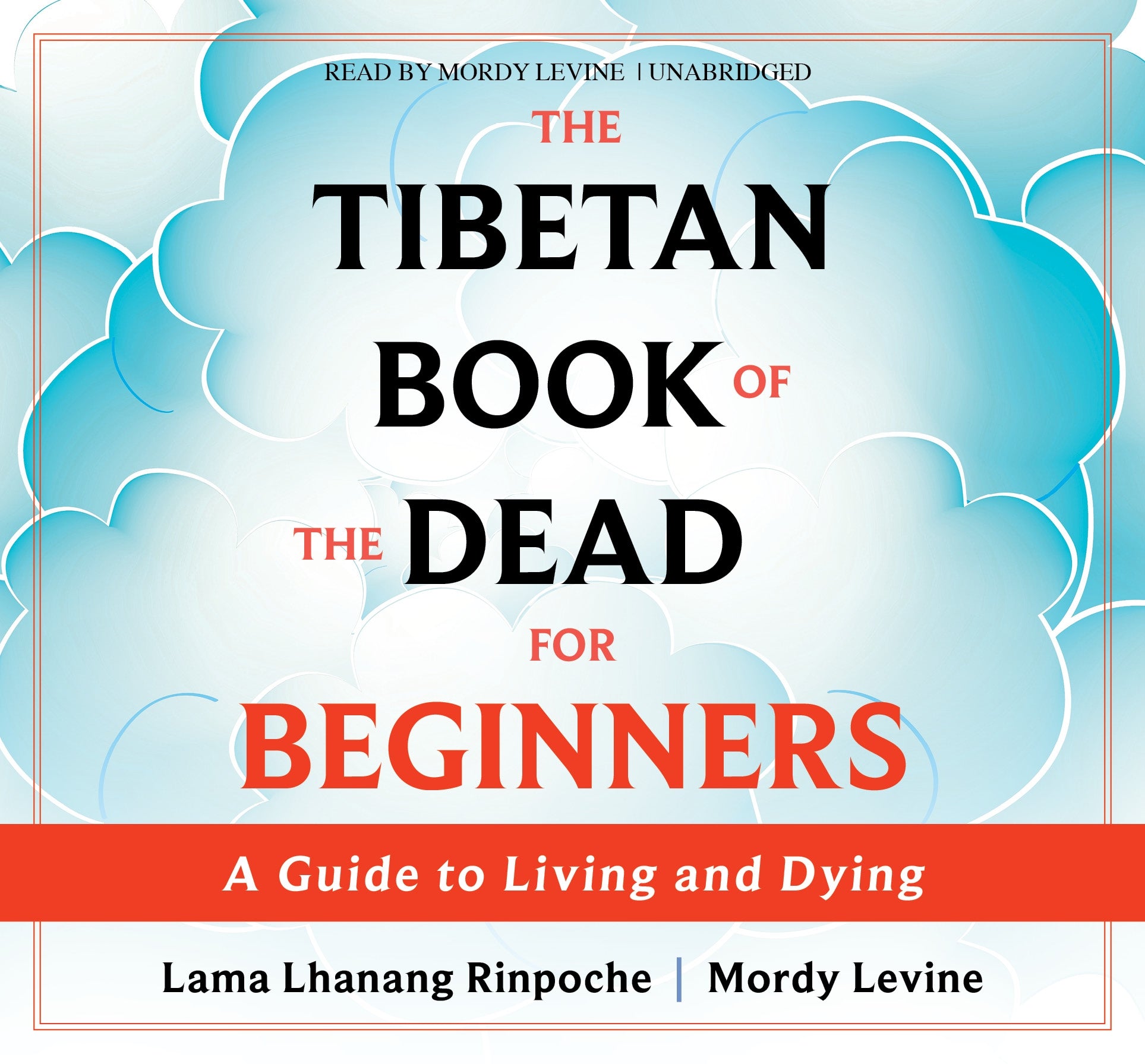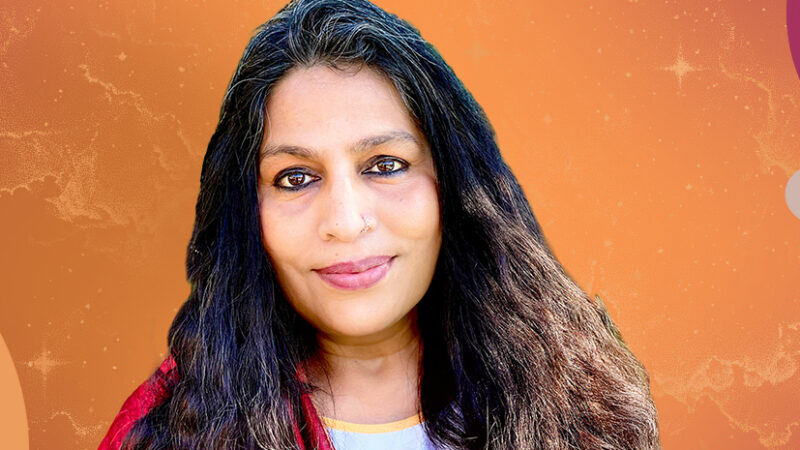Realizing Emptiness and Connection
Take a few minutes to sit peacefully with your eyes closed or looking down. Observe your breath as you breathe in and out.
Zen teacher Norman Fischer said:
Take a few minutes to sit peacefully with your eyes closed or looking down. Observe your breath as you breathe in and out.
- Allow yourself to breathe naturally, without any modification of the breath.
For a few minutes, simply observe your breath in its most natural state, as it passes through your nostrils.
If you find that you are distracted by your thoughts or sounds, no problem; just go back to observing your breath.
In your mind, see a table. In English, it is described by the word “table.” This table is made up of many pieces: a top, legs, glue, nails, and varnish. The legs and top are made up of wood from a tree. Before the tree was cut down it grew as a result of many variables—sunlight, seeds, rain, earth, and wind, to name just a few. And before it was a tree, it was a seed from another tree, and another tree before that. What about the nails or the varnish? Those items can also be traced backward to the people, companies, and components that went into their production. And the people who created the components also came into being from their parents, and their parents before them. We now see that everything around us—all phenomena—were caused by something that preceded it and can be traced back to a beginningless time. Next time, pick another thing, place, or person and go through the same logic. As you go about your day, notice everything around you and apply the same logic. When you walk around your work or home environment, notice that everything is empty of inherent existence. Everything has a name that refers to a thing that comes together for a time.
Zen teacher Norman Fischer said:
- In the end everything is just designation: things have a kind of reality in their being named and conceptualized, but otherwise they actually aren’t there in the way we think they are. That is, connection is all you find, with no things that are connected.[. . .] It’s the very thoroughness of the connection—without gaps or lumps in it—only the constant nexus wherever you turn—that renders everything void. So everything is empty and connected or empty because connected. Emptiness is connection.







